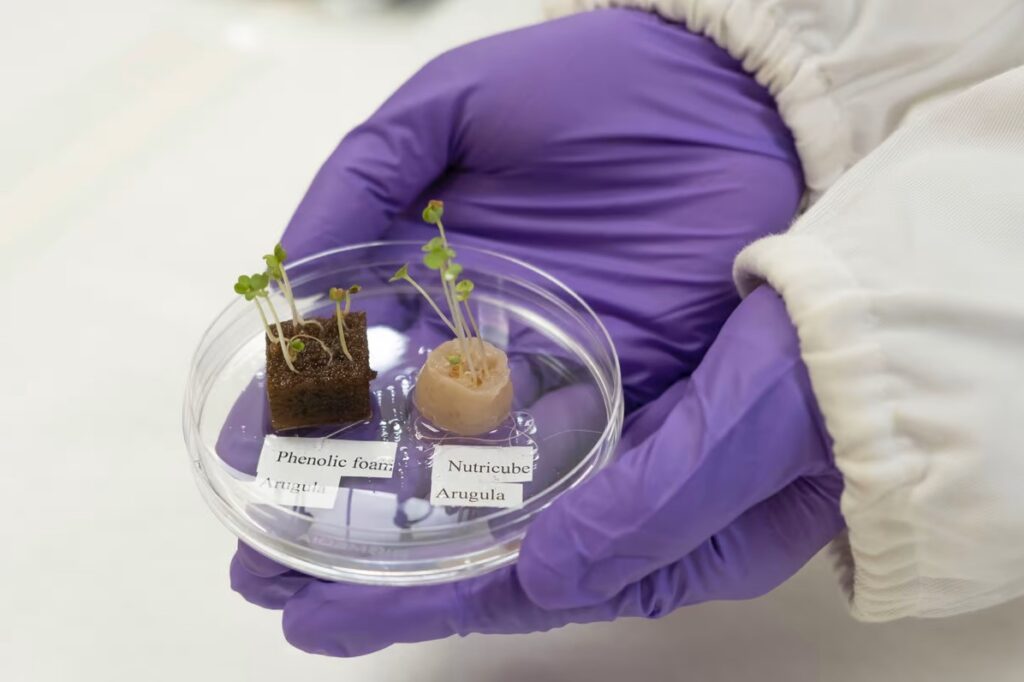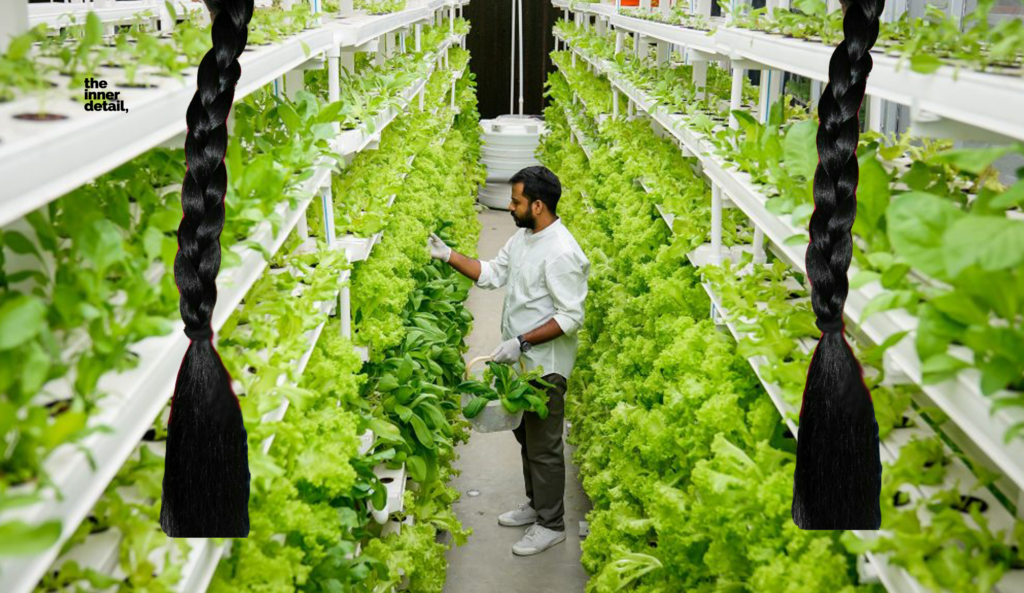Taking vegetables in particular could help you grow hair is something usual people used to suggest. But, in a bizarre, feeding hair could help the vegetables to grow. Singapore Researchers have used human hair from salons to cultivate crops, including leafy vegetables, micro greens, rocket leaves and Chinese cabbage bok choy. Human hair would be a great substrate to grow plants, says researchers.
Professors Ng Kee Woei and Hu Xiao of Nanyang Technological University created a sustainable alternative to the growth medium used in urban farming with the help of hair and its keratin, as reported first by Today Online.
Why hair? According to researchers, keratin – a particular class of protein is abundant in human hair and also in animal’s wool, horns, hooves and feathers. In fact, livestock farming creates significant amounts of keratin as biowastes. Keratin, that has rich amounts of amino acids, could be used as a substrate to serve the nutrients to plants in hydroponic farming, that’s practiced in urban areas. The acids boost plant growth on their own, besides being capable of binding with other nutrients, then releasing them over time.
“Since keratin can be extracted from many types of farm wastes, developing keratin-based hydroponic substrates could be an important strategy for recycling farm wastes as part of sustainable agriculture,” said Prof. Ng Kee Woei in a statement.
The noteworthy side of hydroponic farming is that it doesn’t involve soil for planting, instead deliver the required nutrients via another medium to the plants. This oversteps the need of big land space for cultivation. The media renders the support structure and a storage area for plants to guzzle their food.
What they did?

Researchers from Nanyang Technological University of Singapore started off by gathering the cut-off hair from salons and extracted keratin from it. Mixing the keratin with cellulose fibers made from wood pulp for the purpose of reinforcing, drive out a spongy substance after drying. The spongy substance became the substrate media for the hydroponic plants, and arugula and bok choy plants were grown using that substance in the study.
The team discovered that this keratinized spongy material was peculiar in soaking and holding the water-based nutrient solution of hydroponic system supporting the plant growth optimally.
The substance had a water holding capacity of 40 times its own weight, as same as the existing modern growth media.
The keratin-based sponge completely dissolves in four to eight weeks, transforming into a plant nutrient, unlike other media. The plants grown by this medium had longer roots than the standard ones, extending the capabilities of xylem and phloem.
Related Posts
Though the keratin-spongy substance needs to be updated frequently, there’s no harm for environment while discarding them, New Atlas reported. The medium also allows to switch to other sources if there isn’t enough hair to produce on a large scale.
The study was published in ACS Sustainable Chemical & Engineering Journal.
(For more such interesting technology and innovative detailing, keep reading The Inner Detail).






